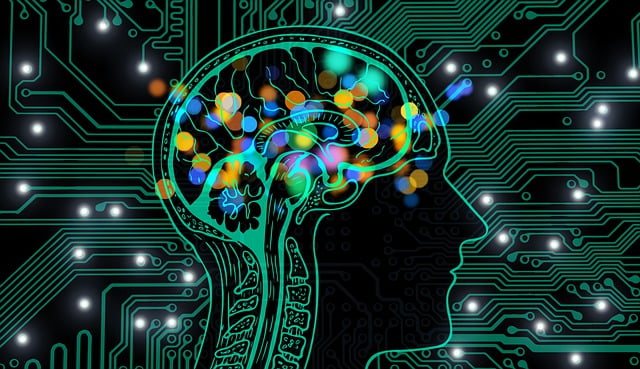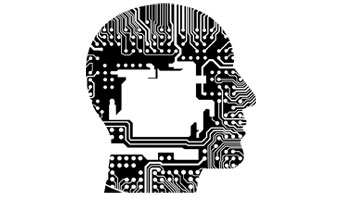Artificial Intelligence
Computer science and datasets are combined in AI to simulate human intelligence to perform specific tasks, such as identifying patterns and interpreting text.
Updated: October 10, 2023

Computer science and datasets are combined in AI to simulate human intelligence to perform specific tasks, such as identifying patterns and interpreting text. Machine learning (ML) and deep learning are some examples of AI techniques.
AI can help speed up decision making and helps reduce the time humans spend on monotonous tasks. AI is used by many businesses in their business applications and operations to get benefit from it. Companies can monitor machine learning models when they integrate them into their business by using AI and machine learning operationalization (MLOps) software. Ways to deploy, monitor, measure, and iterate on machine learning models within a company can be provided by these products.
Artificial narrow intelligence (ANI) or weak AI, Artificial general intelligence (AGI) or strong AI and Artificial superintelligence (ASI) or super AI are three types of artificial intelligence describing the strength and capabilities of AI.
Machine learning (ML), Deep learning (DL), Artificial neural networks (ANN), Natural language processing (NLP) and Computer vision (CV) are the basic components of AI.
Businesses may experience many benefits from leveraging AI when used correctly. Fewer human errors, automation of monotonous tasks, quick decision-making capabilities and digital assistance availability are few benefits of artificial intelligence.



